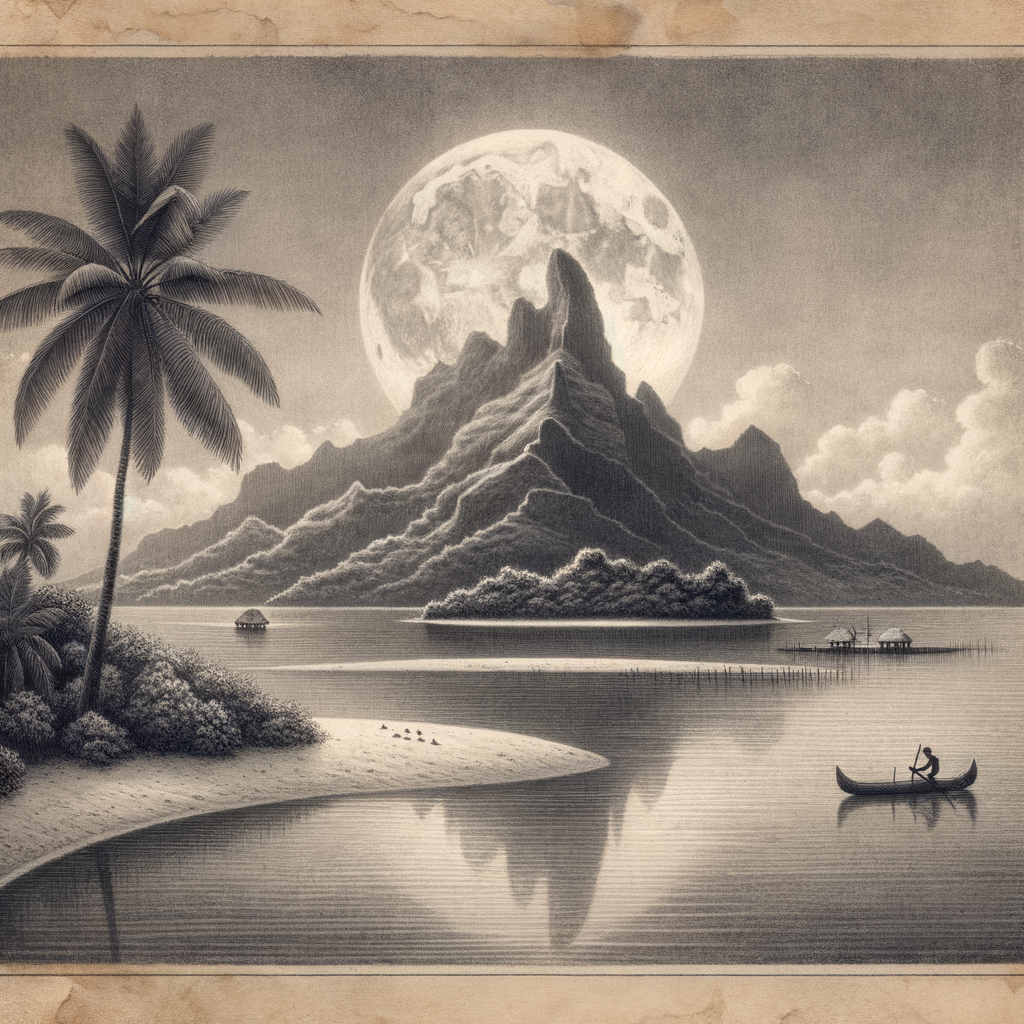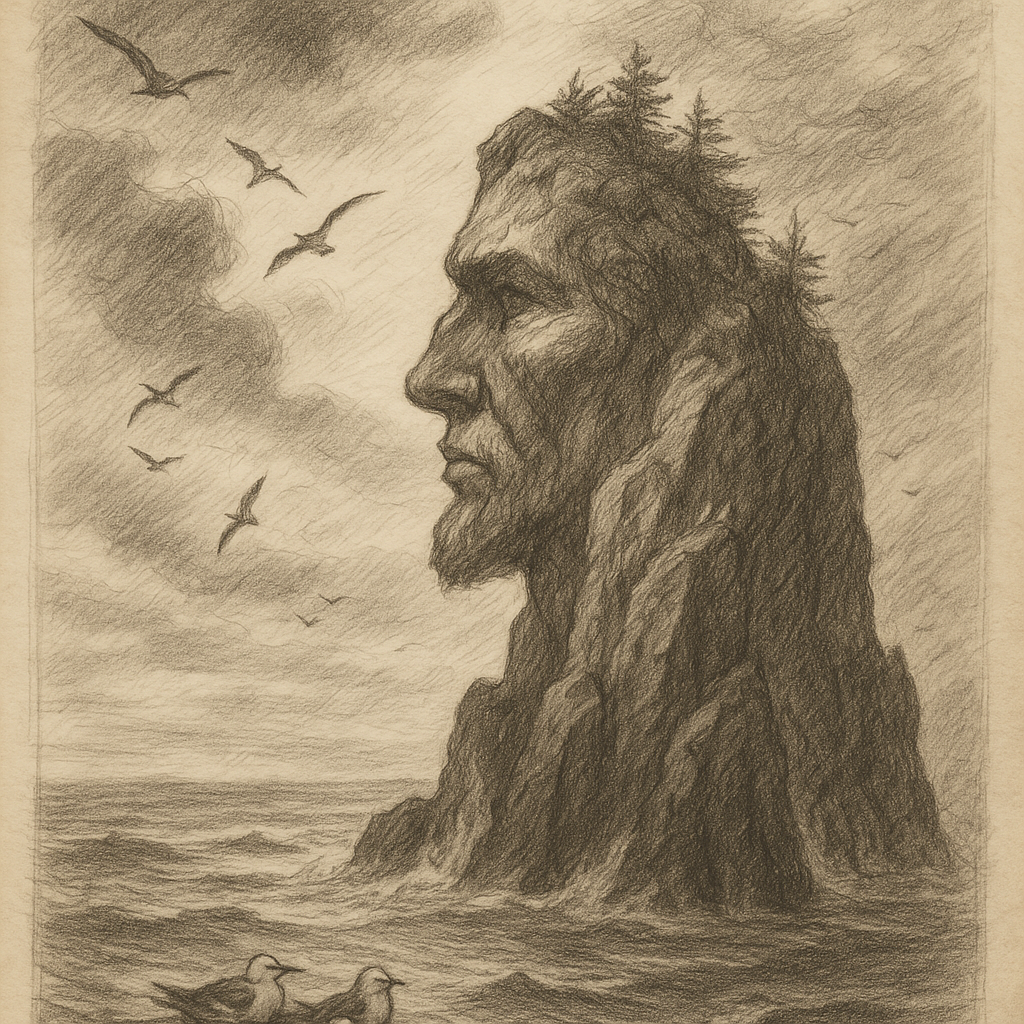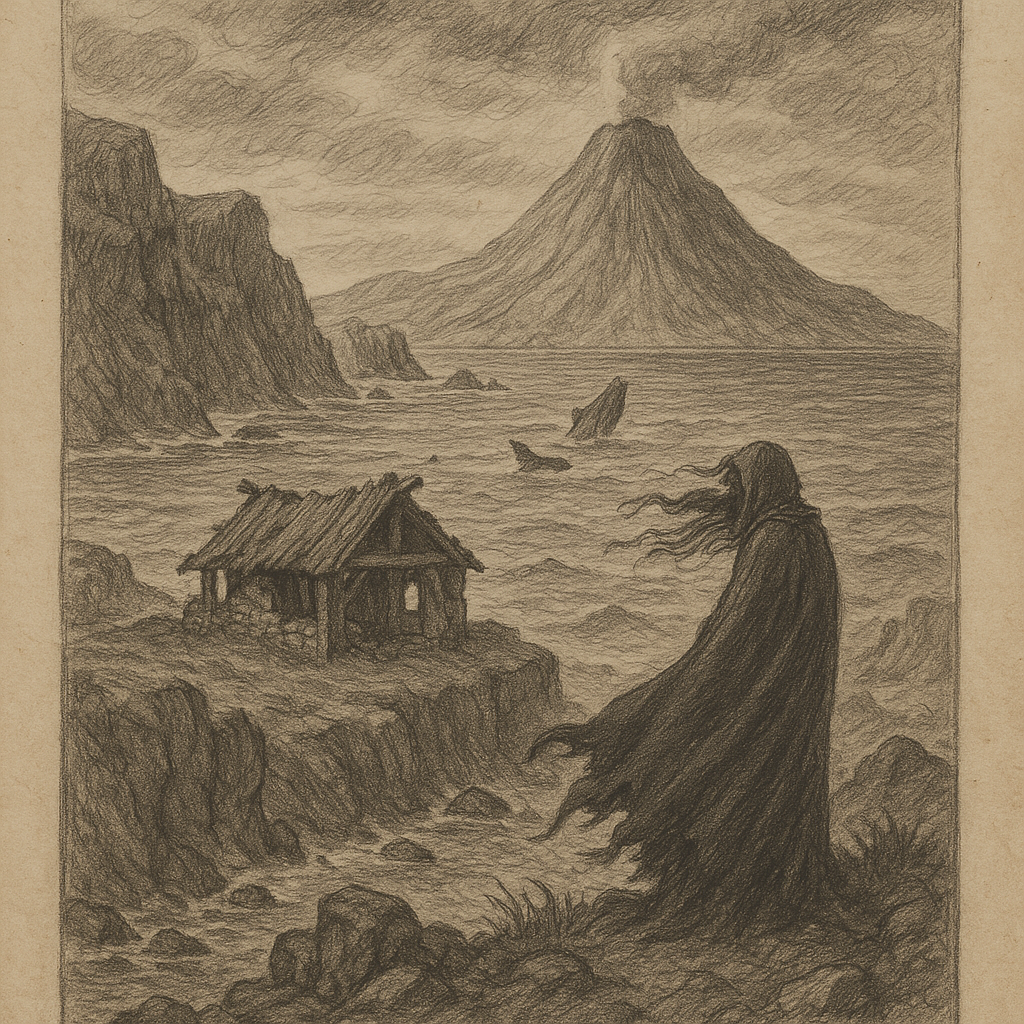Introduction
Motu Tofari is a picturesque private islet located in the South Pacific Ocean, forming part of the Society Islands archipelago of French Polynesia. Nestled near the larger island of Bora Bora within the Leeward Islands, Motu Tofari lies in the turquoise waters of the Bora Bora Lagoon and is cherished for its idyllic natural beauty, luxurious resorts, and traditional Polynesian charm. Despite its relatively small size, the island has a rich cultural backdrop and is steeped in legend and mystery that makes it more than just a tranquil getaway.
Location and Geography
Motu Tofari is situated to the east of Bora Bora, one of the most celebrated islands in French Polynesia. It belongs to the commune of Bora-Bora in the administrative subdivision of the Leeward Islands. The island itself is a motu—a flat islet formed on a coral reef—and stretches across only a small area. Surrounded by brilliant azure waters and coral reefs teeming with marine life, Motu Tofari offers stunning views of the Bora Bora main island, especially of Mount Otemanu, the iconic volcanic peak that dominates the horizon.
This motu is part of the protective ring around the central island, formed by volcanic activity millions of years ago. Over time, as the main volcanic mass eroded, coral growth formed a barrier reef that gave birth to motus like Tofari. The flat landscape is home to a rich variety of coconut palms, tropical flora, and stretches of white sand beaches, making it an ideal setting for secluded luxury.
Climate and Natural Environment
Like the rest of the Society Islands, Motu Tofari enjoys a tropical climate moderated by ocean breezes. Temperatures typically range between 24°C and 30°C throughout the year, with the wet season extending from November to April. The steady sunshine, coupled with regular rainfall, supports a vibrant ecosystem on both land and sea.
The waters surrounding Motu Tofari are clear and calm, fostering an abundance of marine biodiversity. Coral reefs flourish just offshore, serving as a habitat for colorful fish species, sea turtles, rays, and even small reef sharks. The coral gardens attract snorkelers and divers from around the world. On land, the flora consists mainly of coconut trees, pandanus, and hibiscus, which add to the island’s natural allure. Bird species native to the region can also be observed nesting or passing through the area.
Resorts and Human Presence
Motu Tofari is renowned not only for its unspoiled scenery but also as the site of some of Bora Bora’s most exclusive accommodations. The island is home to high-end resorts such as the Four Seasons Resort Bora Bora, which offers overwater bungalows and beachfront villas that blend luxury with traditional Polynesian architecture.
Despite the presence of modern hospitality infrastructure, development is minimal and strictly regulated to maintain the ecological balance of the island. The majority of the island’s human activity is related to tourism, with guests drawn by its intimate setting and unparalleled views. Resort staff, hospitality professionals, and maintenance teams constitute the only semi-permanent human presence on the island, and all structures are built to complement the natural environment.
Points of Interest and Activities
One of the biggest draws of Motu Tofari is the range of recreational and nature-based activities available to visitors. Snorkeling and scuba diving are favored for exploring the vibrant coral reef ecosystems. Paddleboarding, kayaking, and sailing in the calm lagoon waters offer peaceful ways to engage with the stunning surroundings. Lagoon tours and shark or ray feeding excursions are also popular, often guided by local Polynesians who share knowledge of the region’s marine environment and cultural traditions.
On land, guided nature walks and island hopping adventures explore neighboring motus and the mainland of Bora Bora. Guests often visit cultural sites, including marae (sacred ancient structures), and partake in traditional Polynesian feasts known as “tamaaraa”, which include storytelling and music performed under the stars.
Interesting Facts
Motu Tofari may appear serene on the surface, but the islet boasts a set of fascinating facts that deepen its appeal:
– Due to its private status and lush setting, the island has hosted a number of celebrity weddings and luxury retreats, often under a veil of secrecy.
– The Four Seasons Resort on Motu Tofari has been awarded several international accolades for its commitment to eco-friendly design and tourism sustainability.
– The marine area surrounding Motu Tofari is part of a larger effort by Polynesian authorities to establish marine protected zones to conserve biodiversity.
– It is not uncommon to find remnants of ancient Polynesian fishing tools or petroglyphs hidden among the rocks—not yet fully studied by archeologists.
– The culinary offerings on the island often include traditional Polynesian ingredients such as breadfruit, taro, lagoon fish, coconut milk, and vanilla, many of which are locally sourced within Bora Bora itself.
Legends and Cultural Significance
In Polynesian culture, islands like Motu Tofari are not merely land masses—they are living parts of ancestral stories. According to local oral traditions, Motu Tofari was once a spiritual resting point for ancestral navigators known as “arii”, or noble chiefs, who journeyed between Tahiti and Bora Bora. The island’s sandy shores were believed to be sacred grounds, where navigators performed rituals to honor Tangaroa, the god of the sea.
Another legend tells of a beautiful maiden named Tofari, for whom the motu is presumably named. The tale narrates the tragic love story between Tofari and a warrior from Raiatea who was separated from her in a violent storm that the god Ta’aroa unleashed in anger. Tofari waited by the shore every day until she vanished into the sea, becoming the spirit guardian of the lagoon. Island elders say that on moonlit nights, the outline of a woman can sometimes be seen dancing in the lagoon—a spectral presence said to be Tofari, watching over her island.
Conservation and Access
Although Motu Tofari hosts luxury resorts, conservation remains a priority. Hotels and local authorities collaborate to maintain fragile reef systems and carefully manage waste to prevent pollution. The introduction of non-native species is strictly controlled, and guests are educated about respectful behavior towards the natural environment.
Access to Motu Tofari is typically only achievable by private boat or transfer via organized resort transportation. Guests must first fly into Bora Bora Airport, located on another motu, then travel by boat across the lagoon. As a privately owned island, unsupervised visits are not permitted, ensuring that the island’s tranquility and ecological integrity are preserved for future generations.
Conclusion
Motu Tofari stands out as a rare jewel amidst the South Pacific—a perfect blend of natural beauty, cultural resonance, and serene isolation. With its turquoise waters, rich traditions, and modern luxury that respects the land’s legacy, Motu Tofari is more than just a destination—it is a timeless retreat that reveals the soul of French Polynesia. Whether admired for its scenic vistas, its mysterious legends, or its vibrant marine life, Motu Tofari invites those who visit to embrace both adventure and tranquility in one of the world’s most remote paradises.



